Tokyo Govt. may get a percentage of Harumi Flag sales
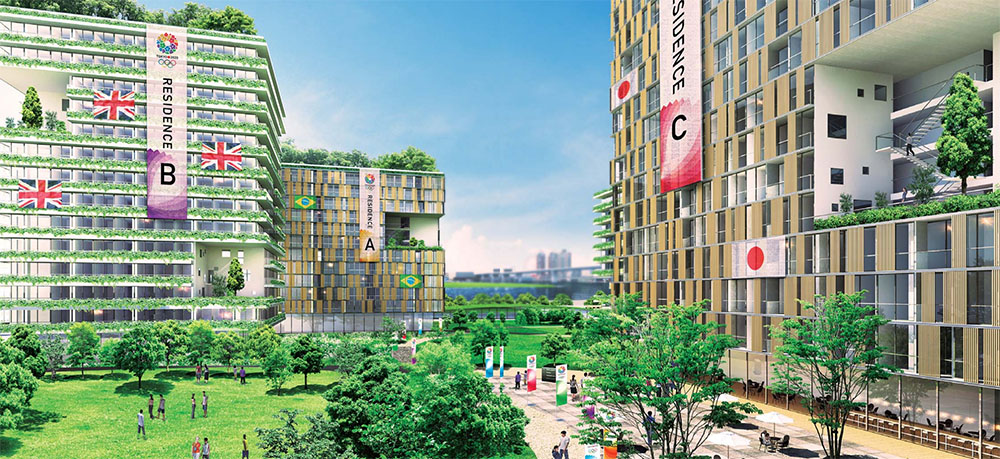
The developers of the 2020 Olympic Village / Harumi Flag project on Tokyo Bay have agreed to pay a portion of sales revenue to the Tokyo Metropolitan Government.
Harumi Flag goes on sale today
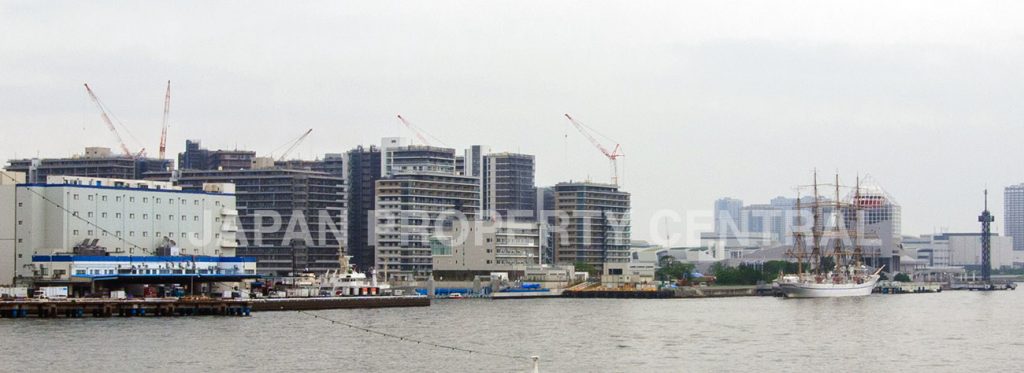
Sales in the Harumi Flag Athlete’s Village start today, with applications closing on August 4. The first round of sales will see over 600 apartments on offer.
Sales details announced for new apartments at Athlete’s Village

Official sales marketing for the Athlete’s Village in Tokyo’s Harumi Island was announced last week. The Athlete’s Village will be completed in time for the 2020 Tokyo Olympics, with the buildings to be converted into a mix of condo-type and rental-type apartments afterwards. Some additional buildings will be completed after the Olympics have finished.
Tokyo’s No. 2 Arterial Road to link bayside islands in 2022
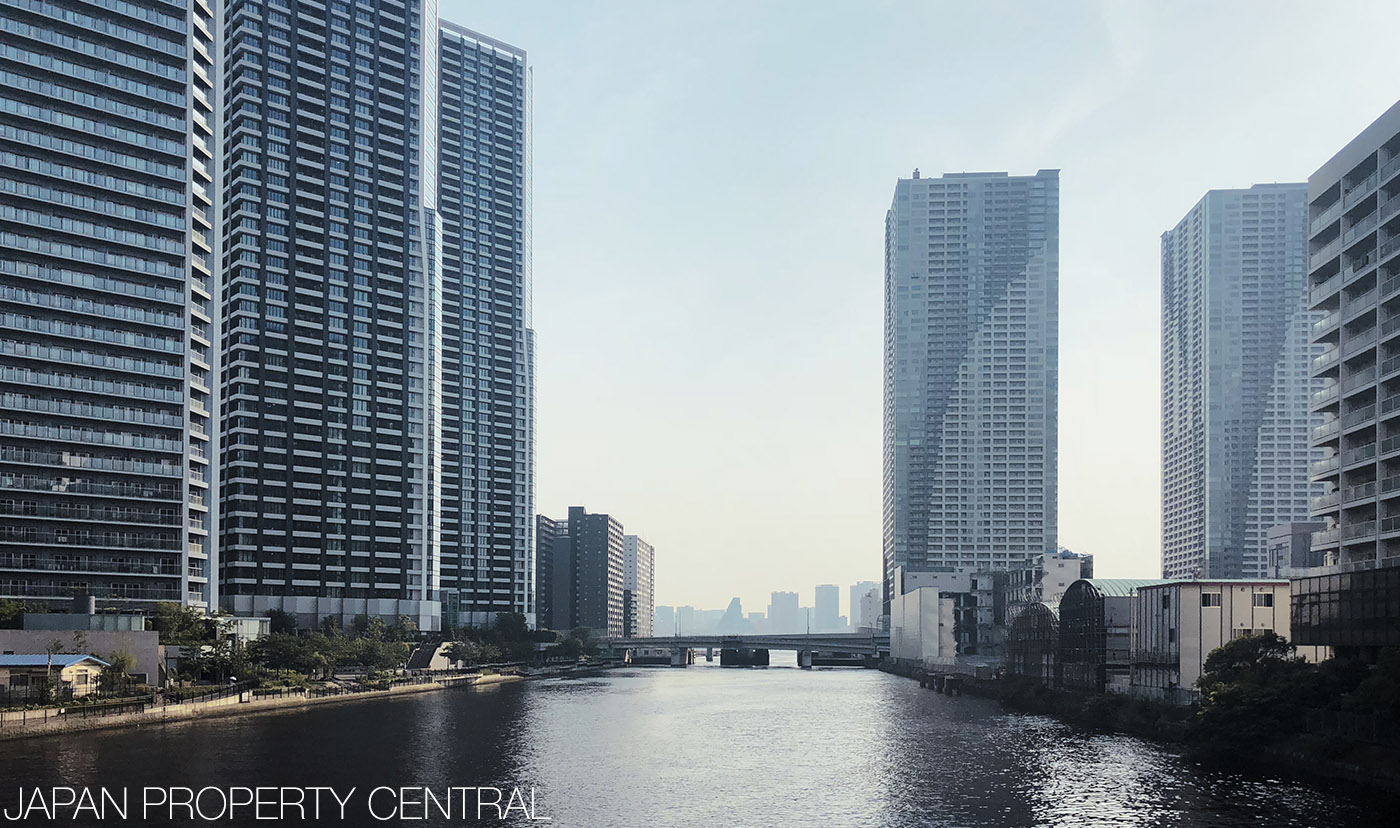
The Tokyo government is aiming to have the No. 2 Arterial Road completed by 2022. This road will connect the man-made islands of Kachidoki, Harumi, Shin-Toyosu and Ariake with Shimbashi and provide more convenient access for trucks to access the new fish market and logistics facilities on the islands.
The opening of the road will be two years later than originally planned due to the delayed relocation of the Tsukiji Fish Market to Shin-Toyosu island. Part of the No. 2 road will need to pass through the fish market’s old location in Tsukiji, which means buildings will need to be demolished.Read more
Tokyo Bay’s transport woes may leave Athlete’s Village an isolated outpost
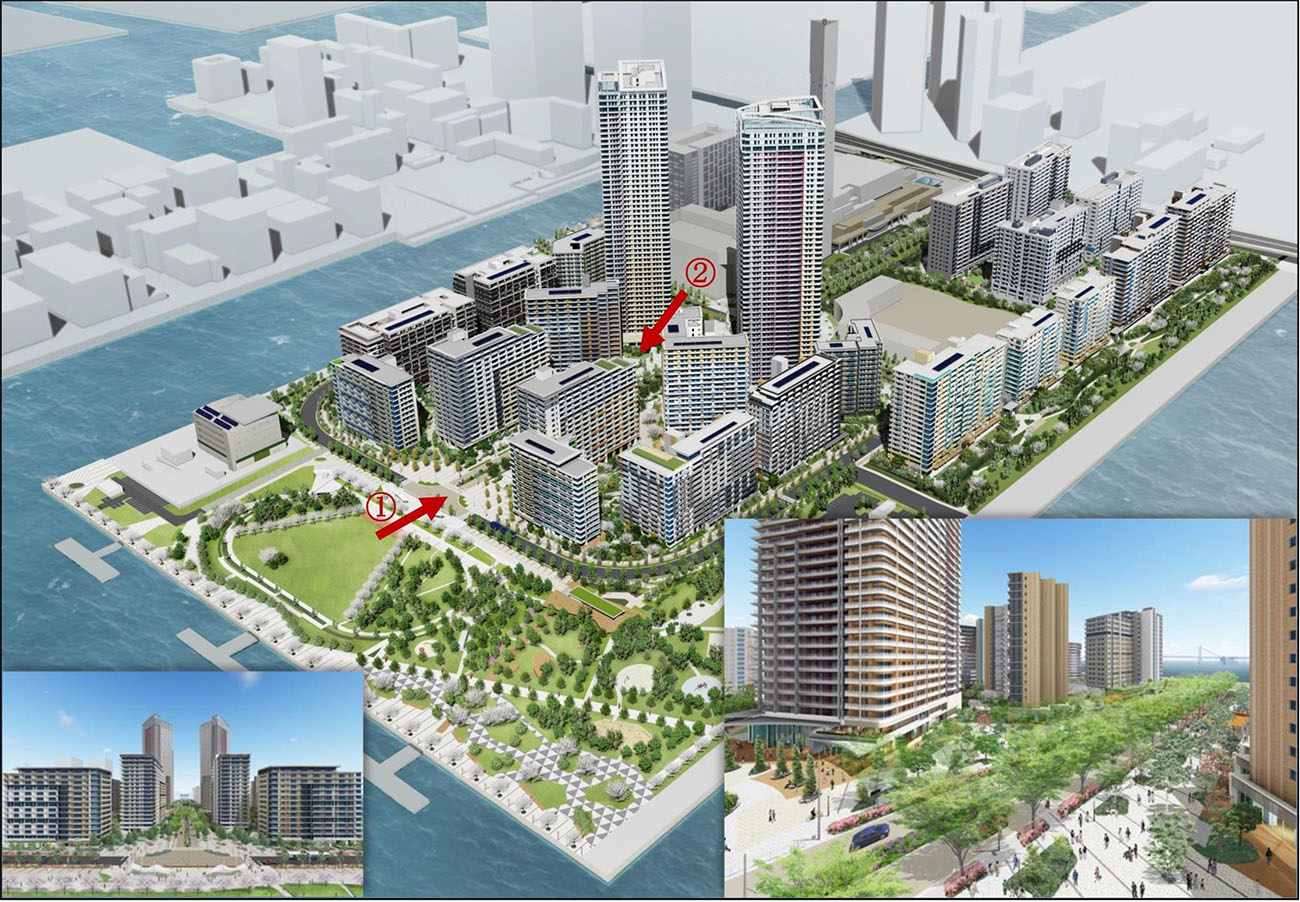
The Nihon Keizai Shimbun morning paper has suggested that the post-olympic future of Tokyo’s Athletes Village, located on a man-made island in the bay, seems uncertain as the city looks to scale back plans for the bus rapid transit (BRT) system.
Without adequate transport links, one major developer reported that the the potential salability of the 5,600+ condos to be built in the village looks grim.
The Athletes Village will be converted to a mix of rental and condo-style apartments after the 2020 Summer Olympics. The 18 hectare site will have 24 buildings containing over 5,600 apartments and housing over 10,000 residents. Over 4,000 of the apartments will be put on the market for sale, with the remainder to be held as rental-only units.Read more
Tokyo Olympic Village site sold for 13 billion Yen
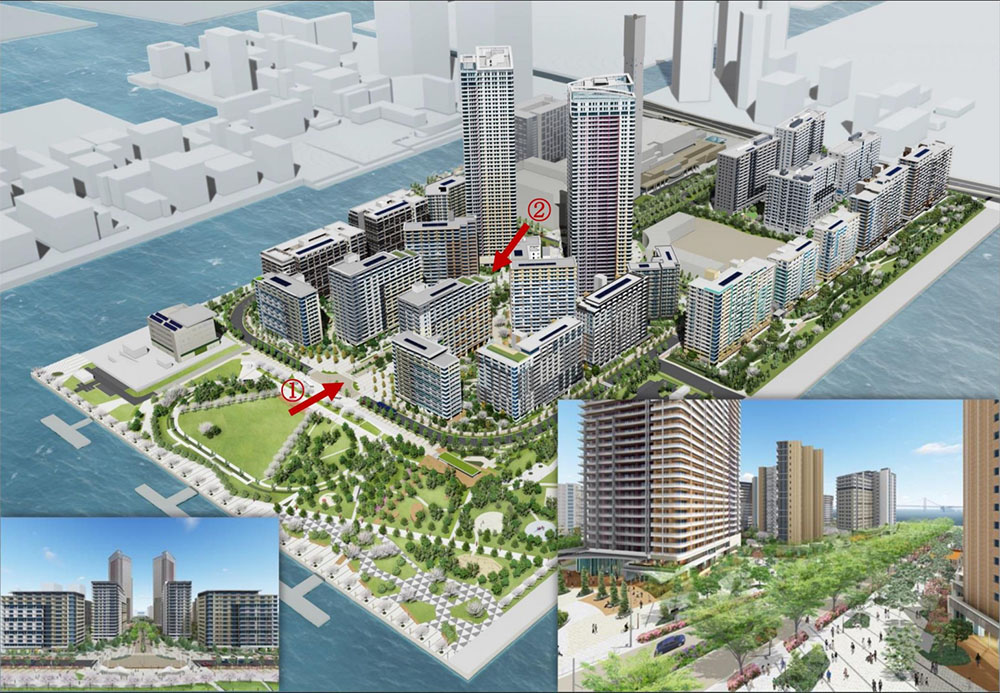
The site for the 2020 Tokyo Summer Olympic’s Athlete’s Village in Harumi, Chuo-ku will be sold to a consortium of developers for 12.96 billion Yen (approximately 127 million USD). This works out to approximately 96,800 Yen/sqm (88 USD/sf), less than sixth of its market value.Read more
Residential tower planned for site opposite Olympic Stadium
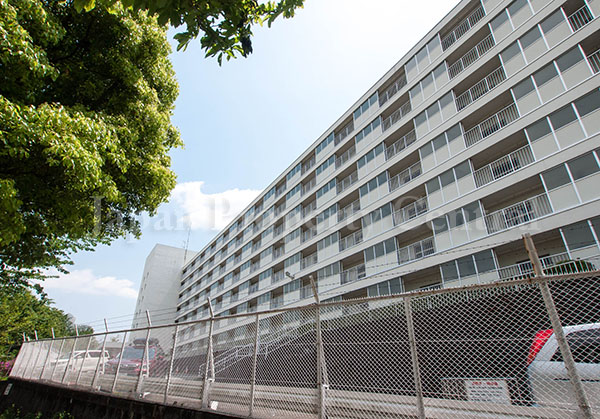
Gaien House, a 52 year old condominium located in a prime position across the street from the Olympic stadium site and Meiji Jingu Baseball Stadium, is about to be demolished and replaced with a 22-storey building containing apartments, commercial/retail space and childcare facilities. The project forms part of the Jingu-Gaien District Redevelopment, which also includes the demolition of the old Kasumigaoka Public Housing blocks, and the construction of new buildings for the Japanese Olympic Committee and Japan Sport Council.Read more
